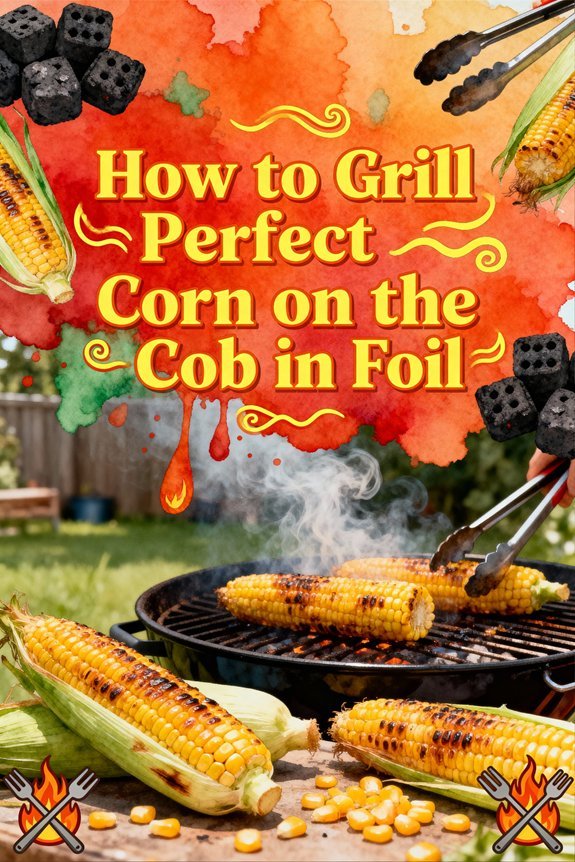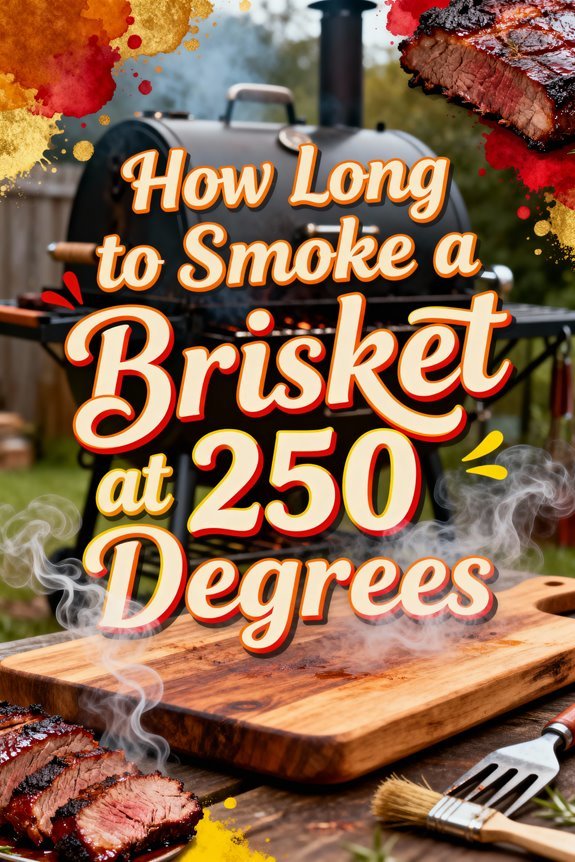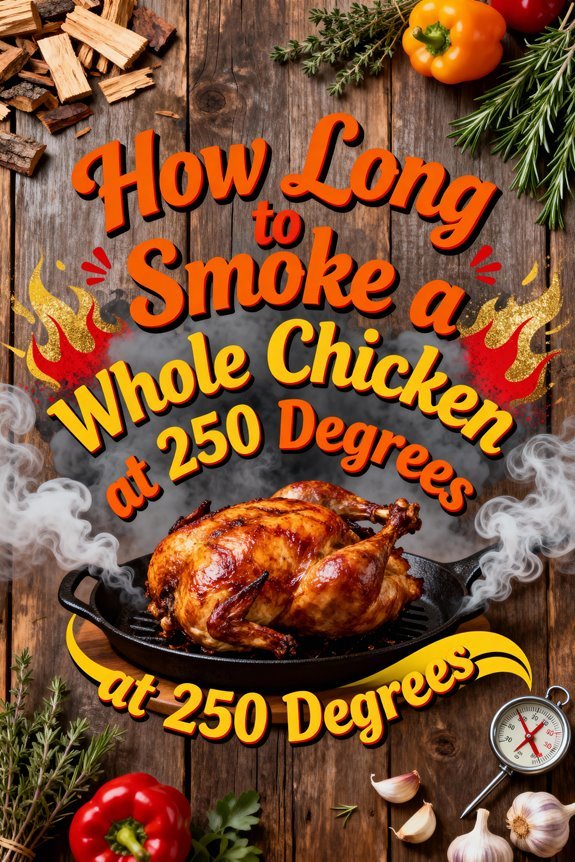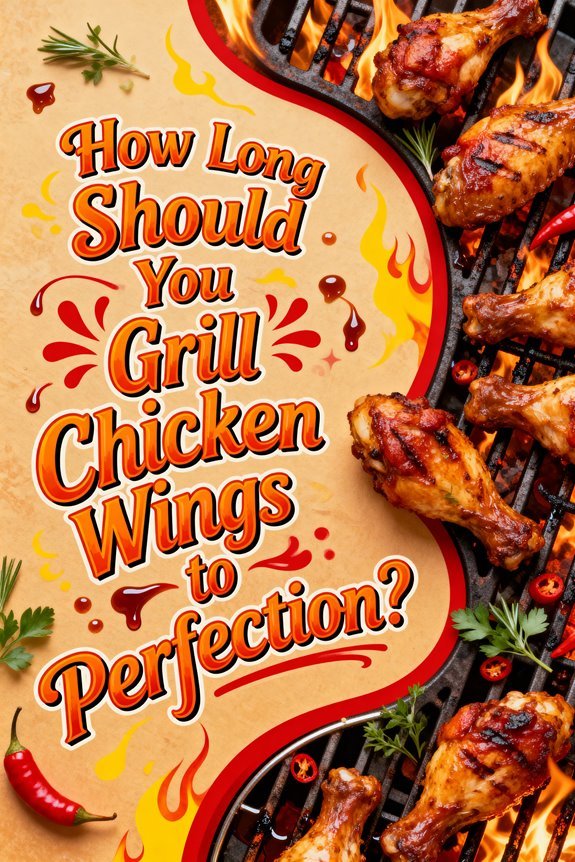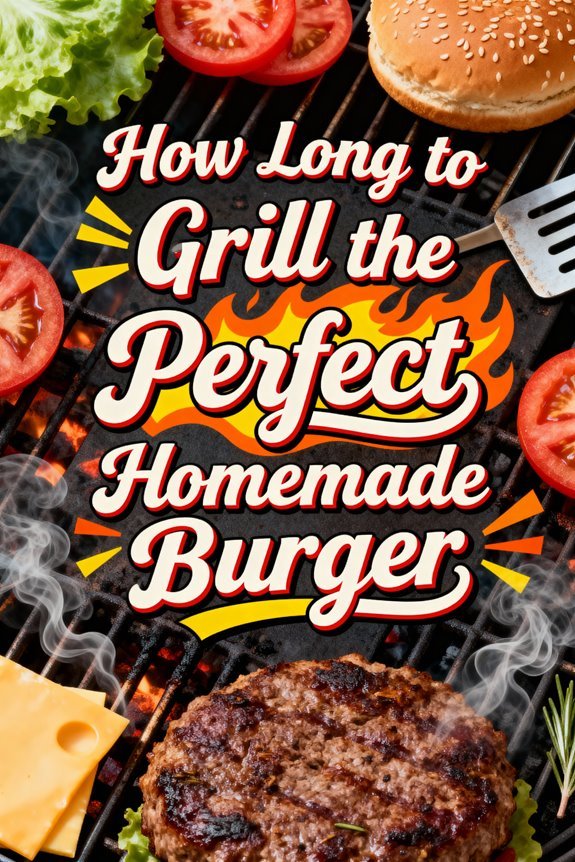You’ll need about 4 hours to smoke baby back ribs at 250°F, though this varies based on your technique. For maximum smoke penetration, cook them unwrapped for 2-3 hours, then wrap for the final 1-2 hours to lock in moisture. Your ribs are done when the internal temperature hits 195-203°F, the meat pulls back ¼ inch from the bones, and they pass the bend test with visible surface cracks. The techniques below will help you nail perfect tenderness every time.
Ideal Smoking Time for Baby Back Ribs at 250°F
When smoking baby back ribs at 250°F, you’re looking at approximately 4 hours from start to finish—a timeline that balances efficient cooking with proper smoke absorption and bark development. This duration works faster than low-and-slow methods at 225°F, which can extend to 5 hours. Your success depends on maintaining consistent temperature within ±10°F throughout the cook. Proper rib seasoning with a dry rub or mustard base enhances flavor complexity while supporting bark formation. Among smoking techniques, spritzing every 30 minutes with apple cider vinegar or cherry cola preserves moisture during the unwrapped phase. Many pitmasters use a foil wrapping technique with butter, honey, and brown sugar to tenderize the meat during the final hour. The wood chip selection plays a crucial role in developing rich smoky flavors, with hickory and apple being popular choices. Rib thickness and your smoker’s performance may cause slight variations, but 4 hours remains your reliable benchmark when holding steady at 250°F. After reaching an internal temperature of 190-195°F, allow the ribs to rest in foil for 15-20 minutes to retain juices and enhance overall moisture.
The Stages of Smoking: Unwrapped vs. Wrapped Cooking
Your choice between unwrapped and wrapped smoking fundamentally alters your ribs’ texture, flavor intensity, and cooking timeline. Similar to brisket flat smoking, maintaining consistent 250°F temperatures is crucial for developing optimal bark and tenderness. Unwrapped benefits include maximum smoke penetration throughout the 5-6 hour cook, creating a thick, crunchy bark with pronounced smoky flavor. You’ll maintain moisture through periodic spritzing every 45-60 minutes while developing visible, shiny surface fat. Wrapped ribs cook faster—typically 2-3 hours unwrapped until bark sets, then 1-2 hours wrapped at 250°F. However, wrapped drawbacks include softened bark from trapped steam and milder smoke flavor once sealed. Foil-wrapped ribs become fall-off-the-bone tender but sacrifice structural integrity, while unwrapped ribs deliver superior texture with a firmer, more satisfying bite and intensified smoke character. The foil boat technique offers a middle-ground approach, allowing steam to escape while still concentrating moisture around the meat during the final cooking phase. Many pitmasters use the 2-2-1 method to achieve the perfect balance between tenderness and texture in their ribs.
Recognizing When Your Ribs Are Perfectly Done
Perfectly smoked ribs reveal their doneness through multiple converging indicators that you’ll recognize with precision once you understand what to look for. The meat should pull back roughly 1/4 inch from the bone tips while maintaining a reddish-brown exterior with a glistening sheen. Your internal thermometer should read between 195°F and 203°F for ideal tenderness. Apply the bend test—the rack should flex easily and develop surface cracks without completely breaking apart. A toothpick inserted between bones slides through with minimal resistance. While smoking at hot and fast temperatures like 300°F can reduce cooking times significantly, these doneness tests remain essential regardless of your cooking method. Using hardwood choices like hickory or oak delivers the most robust smoke flavor profile. These doneness indicators work together to confirm readiness. Your texture preference matters here: competition-style ribs retain a slight bite at 195°F, while fall-off-the-bone tenderness develops closer to 203°F. Undercooked ribs will feel tough and chewy, making them difficult to eat and enjoy. Trust these physical signs over timing alone.
Choosing the Right Wood for Optimal Flavor
The wood you select directly shapes your ribs’ flavor profile as much as your smoking technique itself. Hickory remains the classic choice, delivering bold, bacon-like richness that complements pork’s natural sweetness. Apple wood offers delicate, fruity notes without overpowering baby backs’ tender meat. For balanced depth, oak provides robust smokiness ideal for longer cooks at 250 degrees.
Cherry wood adds subtle sweetness plus a beautiful mahogany color to your bark. Pecan sits between hickory’s intensity and apple’s mildness, offering nutty undertones. Just like when smoking chicken drumsticks, maintaining a steady temperature throughout the cook ensures even results. Similar to turkey smoking, using a digital thermometer helps monitor internal temperatures precisely for perfect doneness.
Strategic wood flavor combinations elevate results further. Hickory paired with apple creates complex layers—start with hickory’s punch, finish with apple’s sweetness. Oak and cherry blend deep smoke with fruity notes. For optimal smoke quality, use dry wood chunks that ignite faster and produce cleaner smoke than soaked alternatives. When selecting smoking wood types, choose chunks over chips for consistent, long-burning smoke throughout your cook.
Essential Equipment and Prep Work Before Smoking
Before firing up your smoker, proper equipment setup and meticulous prep work separate mediocre ribs from competition-quality results. You’ll need a smoker capable of holding steady at 250°F, quality charcoal or pellets, and reliable thermometers—both probe and instant-read types like the ThermoWorks Thermapen. Stock aluminum foil or butcher paper for wrapping, plus heat-resistant gloves for safe handling. Hardwood chunks like pecan add optimal smoke flavor to your ribs. Olive oil brushing helps promote better seasoning adhesion and browning. Hickory and apple pellets offer classic BBQ flavor profiles that complement pork perfectly.
Meat preparation starts with membrane removal: slide a butter knife underneath, then grip with a paper towel and pull clean. Trim excess fat and loose flaps for even thickness. Apply your dry rub generously across all surfaces, letting it sit 15-30 minutes until it forms a tacky glaze. This adhesion creates the foundation for exceptional bark formation during your smoke.
How 250°F Compares to Other Smoking Temperatures
While many pitmasters treat 225°F as gospel for smoking ribs, 250°F delivers nearly identical results in measurably less time. This smoking temperature comparison reveals you’ll save 30 minutes with baby backs at 250°F versus 225°F—4.5 hours instead of 5 hours—without sacrificing tenderness or flavor. The cooking time efficiency becomes more pronounced at higher temperatures: 280°F cuts your cook to 3.5 hours, while 300°F reaches just 3 hours. However, temperatures above 275°F risk rendering too much fat and compromising texture. The sweet spot at 250°F balances time savings with moisture retention and even smoke absorption. You’ll maintain the low-and-slow benefits while shaving precious hours off your cook, making it ideal for weeknight smoking sessions. Baby back ribs are cut from the loin area of the pig, which contributes to their naturally tender texture at moderate smoking temperatures. Many experts recommend wrapping in foil during the second stage of cooking to enhance moisture and tenderness. For comparison, ultra-low temperature smoking at 180 degrees requires about 6 hours to achieve the same tender results.
Common Mistakes That Affect Cooking Time
Even with your smoker running at the perfect 250°F, you’ll sabotage your 4.5-hour timeline if you make preventable setup and technique errors. Start with proper grill maintenance—clean grates and remove old residue to guarantee consistent heat distribution. During rib preparation, always strip off the membrane from the bone side; leaving it blocks smoke penetration and toughens the meat, extending your cook time considerably. If your rib rub doesn’t adhere properly, brush yellow mustard on the ribs before seasoning to help it stick and add moisture. Master essential cooking techniques: place ribs bone-side down for ideal smoke absorption, avoid overcrowding your racks, and resist opening the lid frequently. Each peek releases heat and adds minutes to your timeline. For effective flavor enhancement, use moderate wood amounts—excessive smoke after 140°F internal temperature won’t improve taste and disrupts cooking efficiency. For optimal tenderness, cook until ribs reach an internal temp 195F before removing from the smoker. Consider using the Texas Crutch method if you need to speed up cooking time significantly. These fundamentals keep you on schedule.
Tips for Maintaining Consistent Temperature Throughout the Smoke
Temperature swings destroy your 4.5-hour smoking schedule faster than any other variable. You’ll need precise vent adjustments to maintain 250°F—keep your intake vent one-quarter open and exhaust vent half-open as starting points. Monitor your thermometer every 30 minutes and adjust incrementally. Using a charcoal chimney starter ensures even heat distribution from the beginning of your cook. A properly designed thick steel construction will help retain heat and improve temperature control significantly.
Fuel management separates consistent cooks from frustrated ones. Add preheated wood splits when temperatures drop to 240°F, never letting them fall below 235°F. You’re chasing stability, not reacting to extremes. The size of your lump charcoal pieces directly affects burn time—larger pieces provide more stable heat and longer burns compared to smaller chunks that burn through quickly.
Install a water pan below your grates—it acts as a thermal buffer against fluctuations. If you’re running a thin-walled smoker, add gasket tape around the door and firebox seams. Heat escaping through gaps wastes fuel and creates hot spots. In cold weather, wrap your smoker with welding blankets to maintain insulation.


